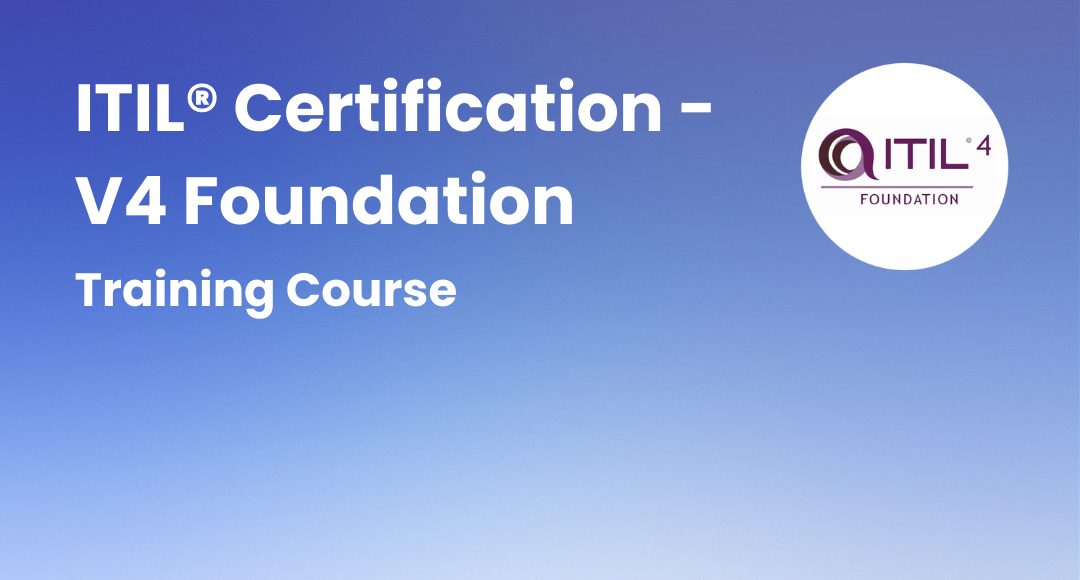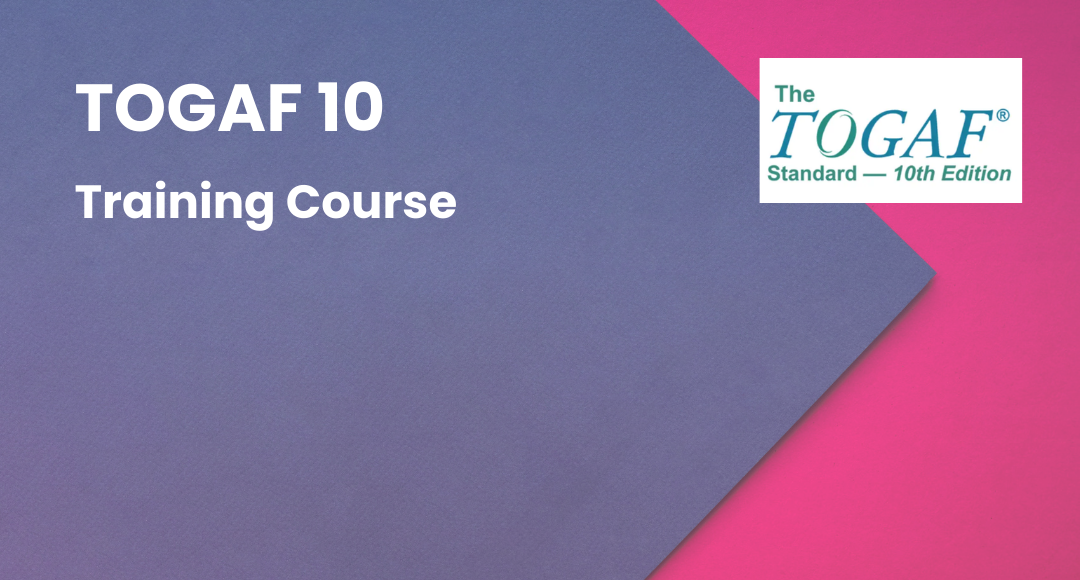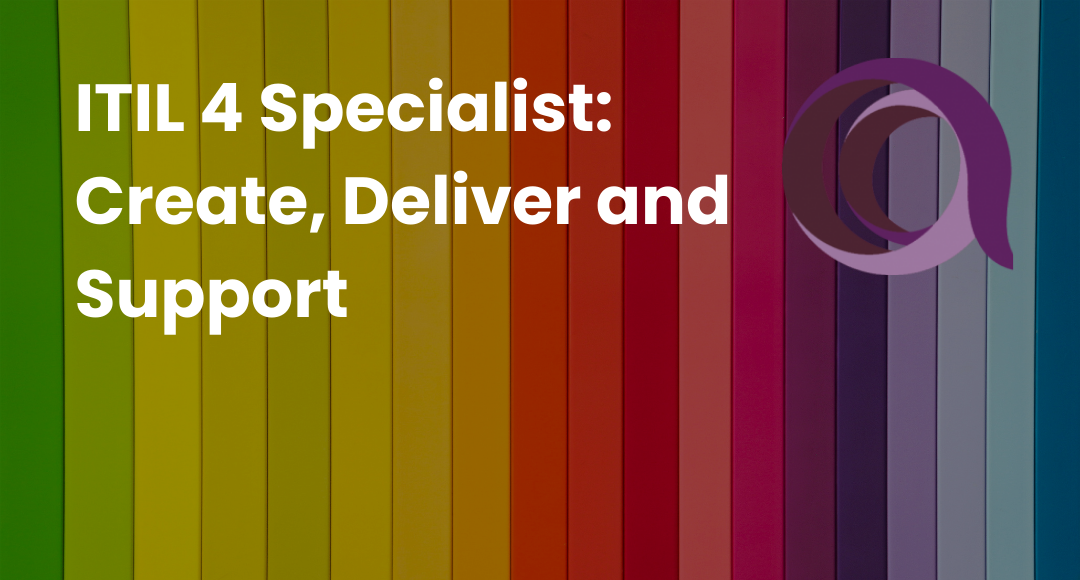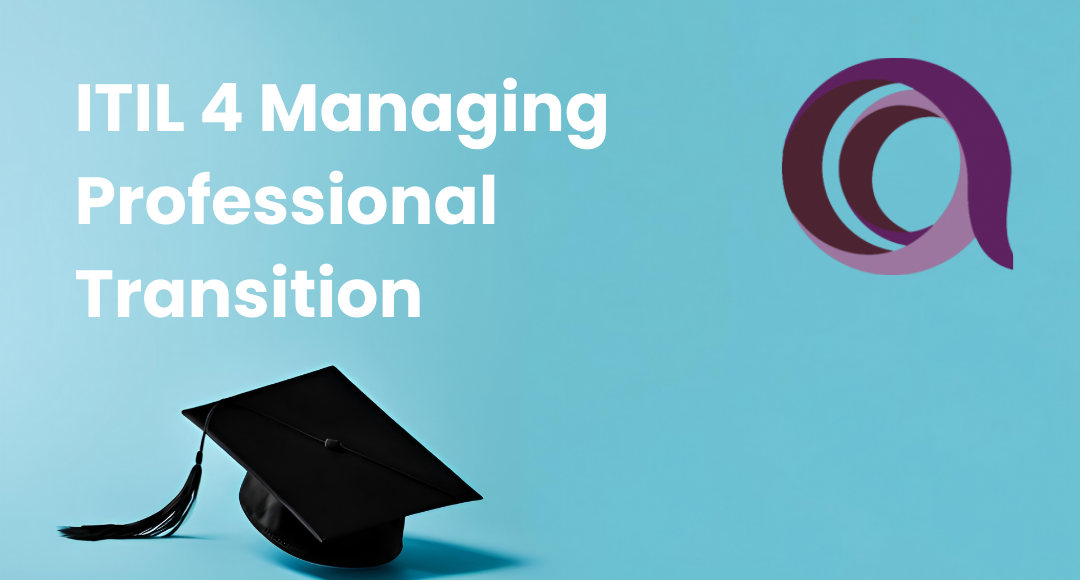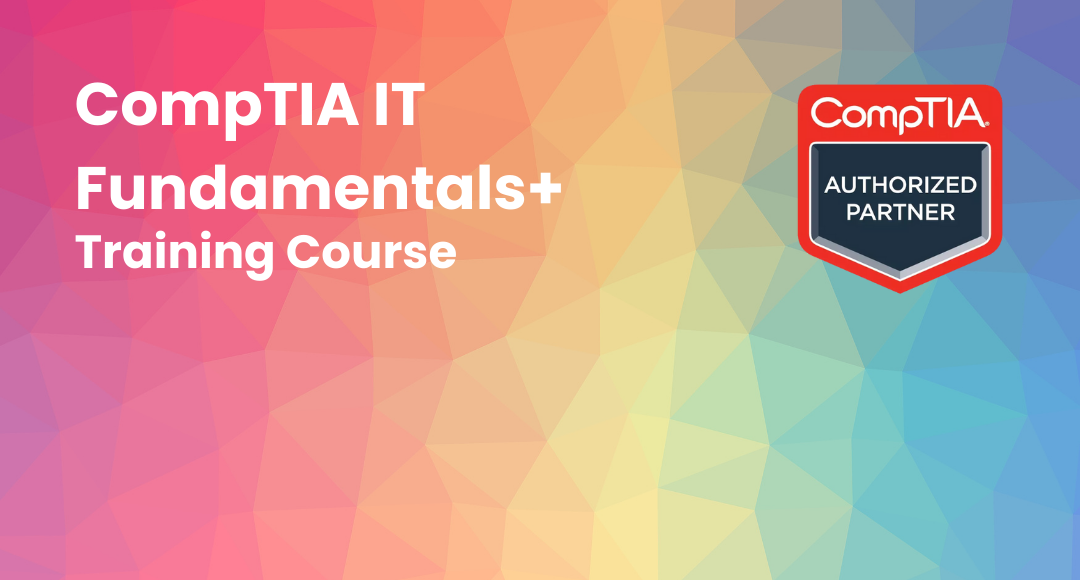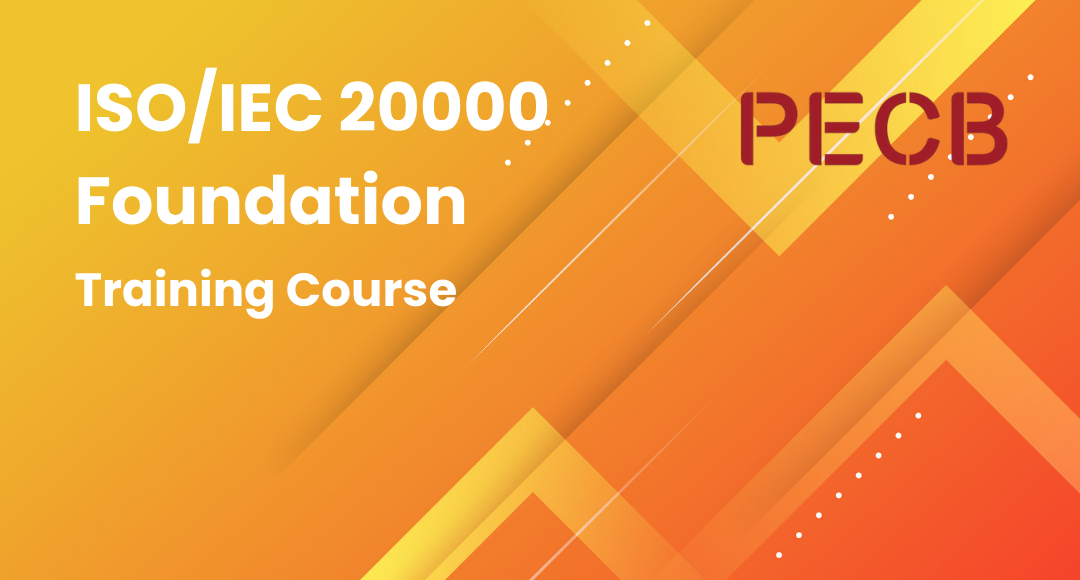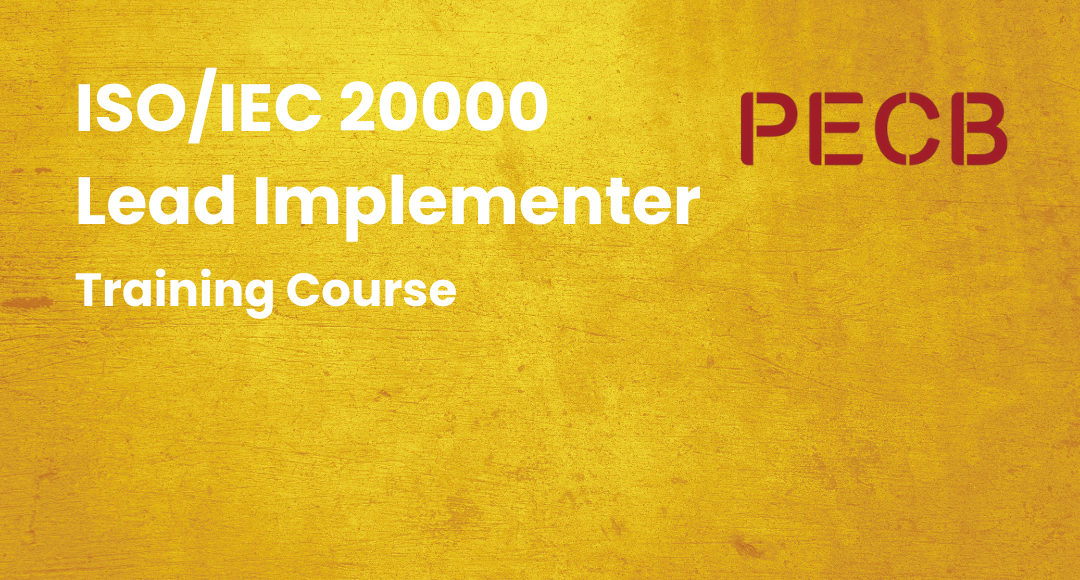ITIL Framework Explained (Updated)
-
 By Ganesh Babu
By Ganesh Babu - Published on Mar 20 2025

Introduction to ITIL Framework
ITIL stands for Information Technology Infrastructure Library. The ITIL framework was developed by the UK government back in 1989.
Since that time, the ITIL framework has been employed by many organizations across the globe.
The first version of ITIL, known as ITIL v1, consisted of 31 books detailing best practices for IT service management. Over the years, ITIL has undergone several revisions to meet evolving technological and organizational needs.
- ITIL v2, introduced in the early 2000s, focused heavily on service delivery and support, making it widely adopted globally as the benchmark for ITSM.
- In 2011, ITIL v3 introduced a service lifecycle approach, organizing ITSM into five core stages: service strategy, service design, service transition, service operation, and continual service improvement.
The latest version, ITIL 4, was released in 2019, modernizing the framework by integrating agile, DevOps, and lean principles, aligning ITSM with the dynamic nature of contemporary IT environments. ITIL 4 emphasizes flexibility, collaboration, and value creation, making it relevant in today's fast-paced digital world.
The ITIL framework can be divided into two main groups:
- Service support
- Service delivery
The ITIL framework's concept originates from the service desk, the team responsible for logging incidents or requests. It then leads to incident management, change management, problem management, and release management. ITIL has become a critical tool for organizations looking to standardize, optimize, and continuously improve their IT service management practices globally.
Table of Contents
Key ITIL Concepts Explained
Imagine ITIL (Information Technology Infrastructure Library) as your trusty guide to making IT services work seamlessly for businesses. It's like having a set of best practices that help organizations run their tech smoothly.

In ITIL, three core areas play vital roles: ITIL Service Management, which ensures IT supports business objectives; ITIL Processes, which are structured steps to manage IT services effectively; and ITIL Principles, which provide the foundation for delivering services in an organized and efficient manner.
The key to making IT services function seamlessly is ITIL Process Management. This ensures that all processes work together smoothly to provide consistent and high-quality IT services. By understanding and applying these concepts, IT organizations can achieve service excellence and create value for their businesses.
Incident Management
An incident management process is in place to revive a conventional service operation as quickly as possible to attenuate the impact on the business operation, thus ensuring effective service quality and availability.
The primary objective of incident management in the framework of ITIL is to manage all the changes made to incidents (any unplanned interruptions or reductions in service quality). The incident management team is responsible for efficient communication between the IT team and users. This process does not focus on managing changes made to incidents but rather on resolving the incident itself.
Change management
In the change management process, the change advisory board comes into the picture. The CAB, or change advisory board, is responsible for assessing the change. During CAB meetings, changes are typically discussed, and decisions are made on whether to approve, reject, or request further evaluation of the proposed changes.
Change management is in place to ensure that standardized procedures and methods are used promptly in the handling of all changes catering to the IT infrastructure, with the view of minimizing the impact of any related incidents post-service. This could include the addition of new hardware, software, or patches.
Service Request Management
Service request management is a process of handling customer service requests for applications, hardware updates, software enhancements, password resets, etc. It includes any variety of requests that can be repeatable and possibly automated.
This allows customers to make requests via a front end and other similar mechanisms without involving the service desk. This is essential for the automation of repeatable requests. Hence, the customers/employees can go to the asset management portal and they can navigate to the request/order.
Also, the approval required for the requests made can be set in the backend. Hence, this removes the service desk from the picture, as customers don't need to keep calling the service desk for their issues.
Release management
Release management is responsible for packaging releases, testing them, and then releasing them to the end-user community. This is rapidly growing.
Release management also helps you with scheduling and controlling the changes of releases. The process also makes sure to protect the environment and release accurate components. This process involves packaging releases, which may include new software features, bug fixes, updates, or system enhancements, and ensuring that they are thoroughly tested before being deployed into the production environment.
Configuration Management
Through the Configuration Management System, all individual configuration items are tracked.
CMDB: The configuration management database, also known as the CMDB, is the central repository for our entire configuration items, also known as our corporate assets.
From the service delivery perspective, we have other disciplines as well, and this really revolves around the delivery of IT services to the overall business organization and other business units. It commences with service level management, also known in the industry as service level agreements.
This is the agreement we build between the IT organization and the individual business units, including external vendors. This is where we set our goals and our targets.
Disaster recovery
Disaster recovery refers to how quickly we can provide new assets during a disaster to enable the continuity of business.
The disaster recovery method helps organizations regain access to the IT infrastructure after a cyber-attack or business disruption.
The Business Continuity Plan (BCP)
This refers to the plan that is followed inside the organization to make the services available to individuals in times of disaster. These are the steps that we must take at a very granular level to ensure that businesses can continue financial management.
Capacity Management
Capacity management ensures that IT infrastructure can handle current and future demands. The process involves planning, analyzing, evaluating, implementing, and monitoring to maximize the output of IT services.

ITIL Framework Implementation
ITIL service delivery occurs when the organization aims to perform IT service for the customer.
To ensure that the ITIL framework is followed and for effective results of the ITIL framework in an organization, follow the below steps:
For the ITIL framework to be effective, it is imperative to understand the ITIL process and create an ITIL-friendly culture. It is important to comprehend the 5 ITIL Modules, which are: service strategy, service design, service transition, service operation, and continual service improvement.
It is imperative to assess your organization’s culture before implementing the ITIL framework. Through this, you can understand the hurdles your organization may face before implementing ITIL.
Proper training of the office staff is also required. They need to understand the ITIL framework to have a successful implementation. You can even insist on them taking up the official ITIL training to gain a better understanding of the processes.
Hence, the above article gives you a fair idea of the ITIL framework. For an effective result of the ITIL framework in your organization, the above-mentioned steps can be followed.
ITIL Certification Pathways
ITIL Certification is a globally recognized credential that validates expertise in IT service management (ITSM) based on the ITIL framework. The certification program offers various levels, ranging from Foundation to Expert, each emphasizing different aspects of the IT service lifecycle and continuous improvement. IT professionals pursuing ITIL Certification gain insights into best practices, processes, and strategies to align IT services with business goals.
Achieving ITIL Certification strengthens career prospects, demonstrating a commitment to excellence in IT service delivery and management. The certification is widely sought after by individuals and organizations aiming to improve their ITSM practices and overall service quality.
Conclusion
The ITIL framework continues to be a useful instrument for simplifying IT service management and coordinating it with corporate objectives. ITIL guarantees effectiveness and service quality by emphasizing procedures like incident, change, and release management. Regardless of your level of experience with ITIL or degree, the framework's ability to adapt to contemporary IT environments makes it essential for businesses all over the world.
Master ITIL with Sprintzeal
As ITIL certification has become one of the most popular courses in the world, a lot of institutes are offering this course across the world.
The ITIL courses offered by Sprintzeal are certified by AXELOS.
Sprintzeal is an ATO (Accredited Training Provider) of AXELOS, the governing body for all ITIL Certifications.
List of ITIL certification courses offered:
ITIL 4 Managing Professional Transition
ITIL 4 Specialist: Create, Deliver and Support
ITIL 4 Specialist: High Velocity
ITIL 4 Strategist - Direct, Plan, and Improve
ITIL 4 Specialist Drive Stake Holder Value
For details about ITIL certification training, pricing details, schedules or any other course-related queries, you can reach us at Click Here or chat with our course experts to get your queries answered instantly.
Frequently Asked Questions (FAQs)
What are the 5 stages of ITIL?
The 5 stages of ITIL are Service Strategy, Service Design, Service Transition, Service Operation, and Continual Service Improvement.
What is ITIL certification full form?
ITIL certification's full form is the Information Technology Infrastructure Library.
What are the 4 functional roles of ITIL?
The 4 functional roles of ITIL are Service Strategy, Service Design, Service Transition, and Service Operation.
What are ITIL methodologies?
ITIL methodologies encompass a set of best practices for IT service management, focusing on aligning IT services with business needs.
What is the difference between ITIL and ITSM?
ITIL is a framework for IT service management (ITSM), while ITSM is a broader approach that encompasses managing all aspects of IT services.
What are the core ITIL processes that every organization should know?
The core ITIL processes include Incident Management, Change Management, Service Request Management, Release Management, Problem Management, and Configuration Management. These processes are vital for ensuring effective IT service delivery.
What industries commonly use the ITIL framework?
The ITIL framework is widely used across various industries, including finance, healthcare, telecommunications, government, and manufacturing. It is applicable wherever IT services play a critical role in business operations.
Subscribe to our Newsletters
Popular Programs
ITIL 4 Strategist – Direct, Plan And Improve
Live Virtual Training
- 4.3 (350 + Ratings)
- 40k + Learners
ITIL 4 Specialist: Create, Deliver and Support
Live Virtual Training
- 4.9 (74 + Ratings)
- 71k + Learners
ITIL 4 Specialist Drive Stakeholder Value Certification
Live Virtual Training
- 4.1 (82 + Ratings)
- 6k + Learners
Trending Posts
ITIL Certification Levels and Job Scope
Last updated on Feb 19 2025
Service Value System in ITIL 4 Explained in Detail
Last updated on Feb 20 2025
What Is IT Mapping?—An Essential Guide
Last updated on Jan 5 2024
Top 6 ITSM best practices
Last updated on Dec 22 2023
Most Asked Release Manager Interview Questions and Answers 2025
Last updated on Oct 24 2024
ServiceNow - What is it, Fundamentals And Features
Last updated on Dec 22 2022
Categories
- Other 66
- Agile Management 56
- Cloud Computing 51
- Project Management 170
- Big Data 58
- Business Management 82
- Digital Marketing 73
- IT Service Management 29
- Programming Language 50
- AI and Machine Learning 68
- IT Security 109
- Quality Management 77
- IT Hardware and Networking 25
- Microsoft Program 4
- Workplace Skill Building 12
- Risk Management 9
- Information Security 8
- Leadership and Management 7
- Corporate Training and Development 1
Trending Now
ITIL Framework and Certifications Guide 2024
ArticleTop 25 ITIL Interview Questions and Answers in 2025
ArticleWhat is ITIL – Information Technology Infrastructure Library jobs and Certification Benefits
ArticleHow to become a certified ITIL Expert in 2024
ArticleIs ITIL a fit for your organization's culture?
ArticleTOP 10 BENEFITS OF TOGAF CERTIFICATION IN ENTERPRISE ARCHITECTURE
ArticleThe Importance of ITIL certification and scope for career growth
ArticleITIL Certification Levels and Job Scope
ArticleWell Explained : The IT Service Management and ITSM Design, Concepts and its Benefits
ArticleAll about ITIL 4 practices – Updates, Service Types and Benefits
ArticleITIL Strategist Certification Overview And Career Path
ArticleEnterprise Architect Interview Questions and Answers 2025
ArticleMost Asked Release Manager Interview Questions and Answers 2025
ArticleHow to Become a Release Manager
ArticleITIL Processes List – 26 ITIL Processes and 5 ITIL Service Lifecycle Stages
ArticleAxelos and TSO launch MSP Foundation app
ArticleITIL Problem Management Guide for Beginners
ArticleITIL Guiding Principles Explained
ArticleWhat is ServiceNow - A Beginner's Guide
ArticleServiceNow - What is it, Fundamentals And Features
ArticleA Guide to Enterprise Asset Management
ArticleTop 5 IT Service Management Tools in 2024
ArticleService Value System in ITIL 4 Explained in Detail
ArticleThe ITIL 4 Service Desk Guide – Importance and Types
ArticleWhat Is IT Mapping?—An Essential Guide
ArticleTop 6 ITSM best practices
ArticleESM vs ITSM - Key Differences Explained
ArticleTop Incident Manager Interview Questions and Answers 2024
Article
